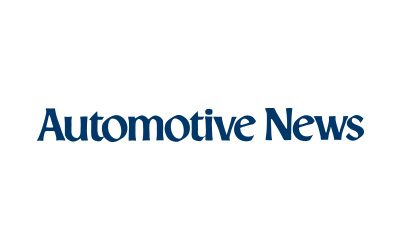By all accounts, 2020 is looking to be a strong year for the used vehicle market. The rise of new vehicle prices and the shrinking gap of features between new and used vehicles is driving sales for that segment down, and steering consumers to preowned to get more bang for their buck. Preowned dealers have struggled with margin compression for years, and despite the perfect profitability storm for 2020, they will continue to be dragged down unless they adopt new acquisition and selling strategies that give them greater control over their inventory.
Over time, the average franchise dealer has become boxed in with the same pricing strategies as the new car sector, pushing pre-owned off the same margin cliff, leaving dealers with a dramatically different landscape, and one that is significantly less profitable. The good news is there has been an injection of innovation for the wholesale side of the business, and one that is focused on operations, not just digital marketing. Used vehicle dealers have more access than ever to modern solutions and strategies that offer new levels of efficiency, profitability and control, but they must be ready to think differently and do things differently.
But where to start? First, used vehicle dealers need to break the homogenous buying and selling cycle they’ve been in. What cycle is that? It’s the same one that’s been in place for decades. Approximately 80% of franchise dealers in the U.S. employ similar methodologies, which means they are targeting the same vehicles in the auction lanes as the Manheim Price Value Index continues to set record highs month after month. Additionally, expenses associated with acquisition fees and transportation are also at all-time highs.
After auction, once the vehicle is acquired and available on the lot and online, dealers systematically lower the price 9-10% over the next 30 days, striving to be 3-8% lower than the competition's price for the same car. If the vehicle isn't sold within its first few days, the price reductions eradicate any hope of front-end margin. Making matters worse, if the vehicle hasn't been sold in 30-45 days, the dealer sends the vehicle back to auction paying more fees and starting the process all over again with another purchase.
This cannibalistic system is a detriment to dealers as they are competing with their peers in the auction lanes, raising and lowering prices -- all in a 30-45 day frantic cycle. There’s a tendency to blame the Internet because of price transparency as the guilty party, but that leaves dealers feeling virtually powerless, and competing at a level that isn’t moving the needle on their business.
The good news is it’s easier than ever for dealers to adopt new processes that can have a monumental impact to their buying and selling strategies. Start by identifying and attacking the things most damaging to their margins: fees, expenses, and price-to-the bottom strategies. And then focus on one of the most underleveraged assets in every dealership operation: trades. Consider this: the average dealer makes three times the profit on trade vs a purchase unit. Trades also turn in half the time. For the average dealer, 50% of their pre-owned inventory is over 45 days old. And, more than 90% of those aged vehicles were purchased, not traded for. When dealers trade for a vehicle they don't pay fees, or transportation, and they’ve sold another unit in the process. The average dealer's appraisal close ratio is 35% vs the best at 65%. The number is easily manipulated in inventory management tools but close examination will verify dealers only trade for 3.5 out of every 10 opportunities.
Strategy #1 - Trade for twice as many cars and do everything in your power to do so! The impact of a 25% increase in close ratio will translate to over $1M in bottom line profit for the average dealer. This is low hanging fruit that can add immediate revenue opportunities to dealers’ stores.
Strategy #2 - Look at pre-owned customer retention. Most equity tools only focus on new car customers, leaving the typical pre-owned retention rate hovering around 17%-18%. Rather than throw a car online and drop its price, a more effective approach would be to concentrate on the hundreds of pre-owned customers in the database that can be upgraded at least two model years for about the same payment. Pre-owned customers are payment buyers. Something newer and better at the same payment is very compelling. Today, 83% of pre-owned customers are going elsewhere because they have fallen off the radar and don’t have any incentive to remain loyal to a store.
Once dealers start to free themselves from traditional methodologies around vehicle acquisition and current marketing strategies they will start to see a clearer path toward pre-owned profitability. There are answers and there are solutions, and dealers should take advantage of the innovative approaches available today. Dealers are intrinsically entrepreneurs, and now is the time to harness that energy and have a clear vision to profitability for 2020.


